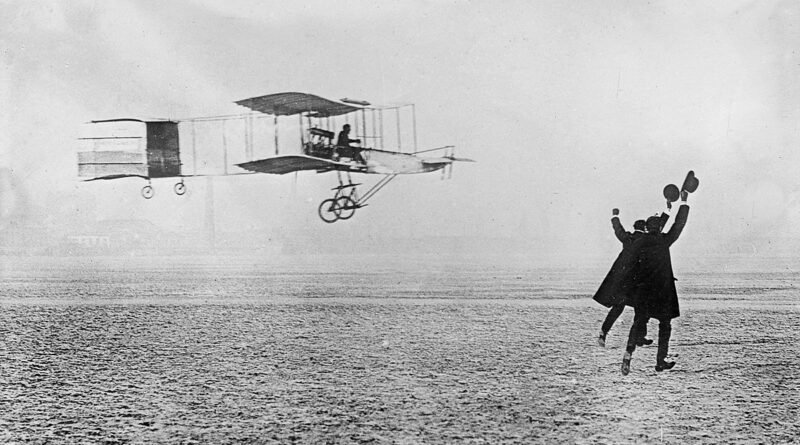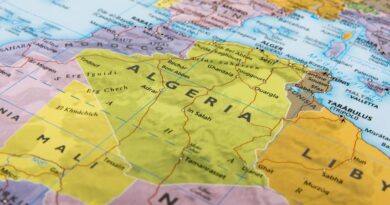Pre-Twentieth Century Aviation Flight
The first successful powered flight was carried out by Orville and Wilbur Wright in 1903. However, there was human flight before the Wright brothers made their accomplishments. These pre-twentieth century fliers were not foolish dreamers, since their desire for human flight was usually more often than not informed by what were then valid scientific principles. Those who attempted flight before the twentieth century actually formed the basis on which the developers of human flight in later centuries applied (Crouch, 2004).
One of the pre-twentieth century fliers was Leonardo da Vinci, who seems to have developed many of the initial ideas behind modern flight. Da Vinci developed a glider with the inner sections of the wings fixed and with some form of control surfaces provided towards the tips of the wings. Leonardo is also reputed to have developed many designs made for flying machines, but never actually conducted practical experimentation of the designs. Among these designs was a design for a helicopter (Crouch, 2004).
Da Vinci, through his designs, provided important insights to the idea of flying machines and how they could be controlled. As much as there was no recorded practical success on the designs, they provided future engineers with the basic principles that could be used in the development of flying machines (Gibbs Smith, 2000).
Francesco Lana de Terzi, an Italian, in 1670 suggested that lighter than air flight was possible if a vacuum lighter than the air displaced was created. Although he suggested the use of a vacuum to create the lighter than air flight, his proposition was the key to the development of hot air balloons and airships that were later developed. The principle was merely adjusted in the development of airships by using hydrogen which is lighter than air to create the lighter than air flights which were successful until the development of powered flight aircraft.
The development of a glider by Da Vinci and the development of the lighter than air principle by Francesco Lana de Terzi indicates that indeed, pre-twentieth century fliers were not merely dreamers, but people who made serious and well meaning contributions towards the development of human flight (Crouch, 2004).
Wright Brothers Dependence on earlier work
From the onset of their research into developing a better flying machine, the Wright brothers knew that the major problem in the development of a successful flying machine was the ability to power such a machine and to effectively control it. This implies that the Wright brothers started their endeavour not from a scratch, but from an informed position with the bulk of the information coming from the findings of these early fliers (Gibbs Smith, 2000).
The Wright brothers initially studied methods of controlling flight by the use of kites and gliders which they constructed between 1900 and 1902. All these were in an effort to be able to effectively control flight before they could apply the findings on a powered flight. To achieve this, the brothers constructed their own wind tunnel so as to be able to measure important factors such as lift and drag on the designs which they developed and studied. By using gliders and kites in their studies in an effort to develop a better design of a winged powered and controlled flight, they were in effect depending on the pre-twentieth century fliers who had developed both the kites and gliders before the Wright brothers (Gibbs Smith, 2000).
The Wright brothers developed devices for measuring drag and lift on the designs that they developed. By use of these devices, they were able make corrections on mistakes made on earlier calculations on drag and lift. Thus, it can be argued that by making corrections on earlier mistakes made on drag and lift, the Wright brothers were actually being dependent on the ideas made by earlier fliers, and thus though they were not successful in developing a controllable and powered aircraft, the pre-twentieth century fliers made great contributions to the development of the first successful controlled and powered flight by the Wright brothers (Crouch, 2004).
Night Flight
The 1933 Novella Night flight is a story of Fabien, an aircraft pilot who is forced by his boss Riviere to deliver mail to Argentina during a thunderstorm. Though Fabien’s boss knows the how dangerous it is to fly at night and during a thunderstorm, he insists that he make the mail delivery to Argentina, believing that it is the only way that the airmail company can show that it is efficient than mail delivery by sea or by train. It is only after Fabien has taken off that his boss realizes he has made a mistake and seeks ways to rectify his mistakes. However, the ending of the story implies that the pilot dies as a result of the fatal night flight (Saint Exupery, 1931).
Reviere, Fabien’s boss, has a compulsion about flights that is driven more by commercial interest than the development of the aviation industry. His actions are informed by the need to prove commercial worthiness of delivery of mail by air as compared to deliveries by sea or train. He believes that for airmail to be commercially viable, strict guidelines must be followed with no exception, thus his decision to send Fabien on his way on a flight even when it was very dangerous to do so.
This compulsion of Raviere goes to show that early fliers were not merely motivated by the thrill of flight or the dreams of an improved aviation industry; rather, some were motivated by the potential commercial success of the aviation industry. Raviere is the perfect example of this, and his actions show how commercial interest was a strong motivation to the early fliers.
Fabien, on the other side, represents a compulsion which is mainly driven by need. The pilot of the ill fated mail aircraft is forced into a flight in which both parties know of its potentially disastrous consequences, but Fabien does not resist, perhaps because he cannot do without the piloting job. This means that the compulsion driving him is a necessity, and he has little or no choice but to follow the directions of his boss (Saint Exupery, 1931).
Motivation to Fabien to fly is thus as a result of necessity, and he flies not for the thrill but as a way of ensuring that he keeps a source of income. This means that those early fliers were not always motivated by the thrill of flying only, but also by necessity as a way of keeping a constant stream of income from earning from piloting.
References
Crouch, Tom (2004), Wings: A History of Aviation from Kites to the Space Age, New York, New York: W.W. Norton & Co.
Gibbs-Smith, Charles H. (2000). Aviation. London: NMSI
Harrison, James Pinckney (2000). Mastering the Sky. Da Capo Press
Harry Bruno (1944) Wings over America: The Story of American Aviation, Halcyon House, Garden City, New York
Saint Exupery, A. (1933). Night Flight. Retrieved from www.netlabs.net on 23 October 2012




